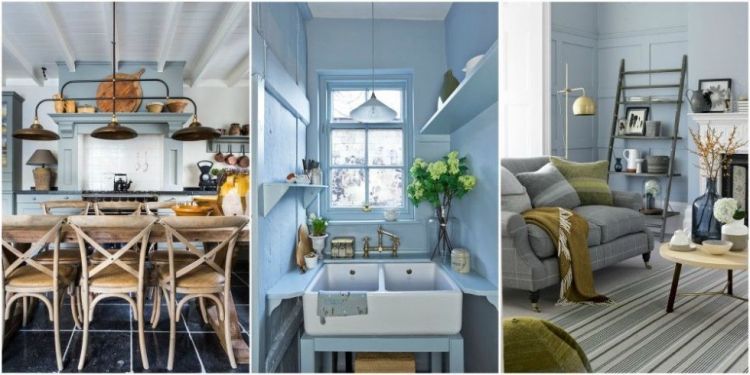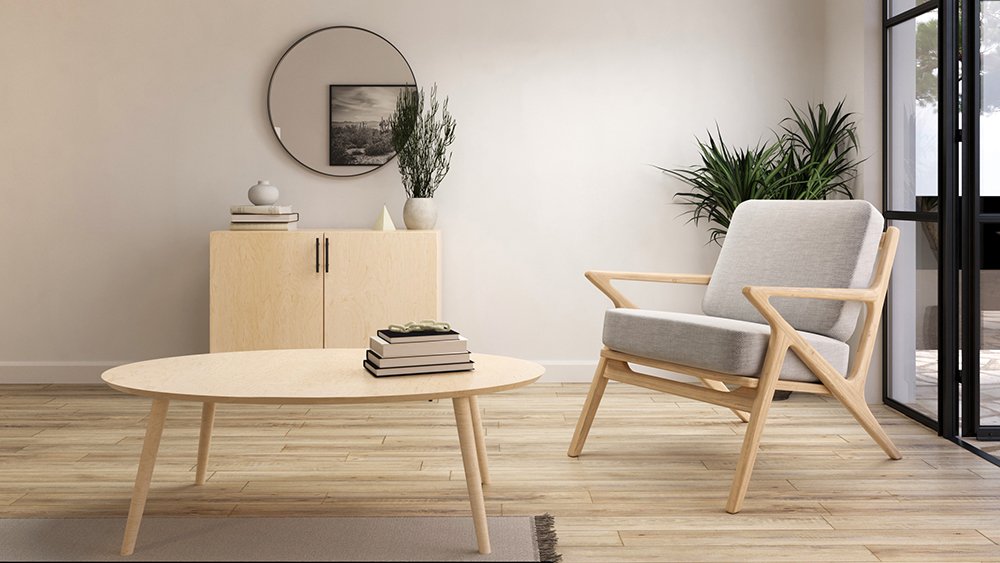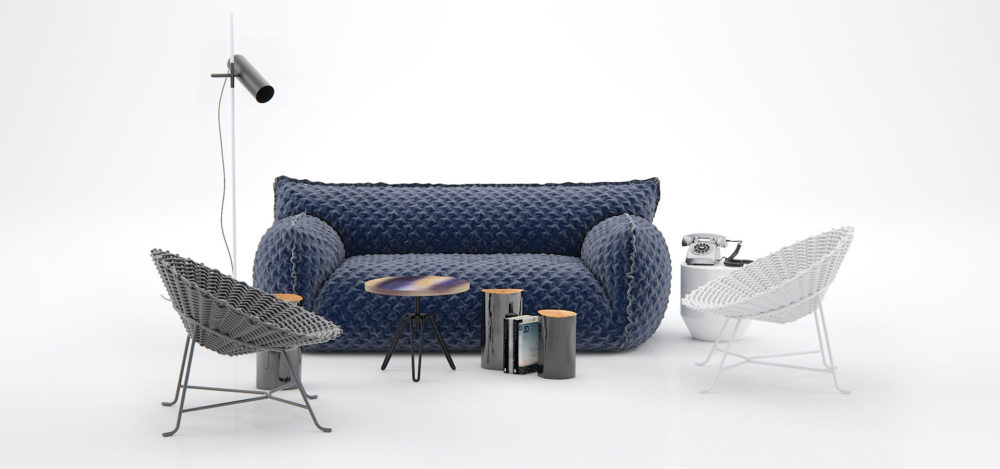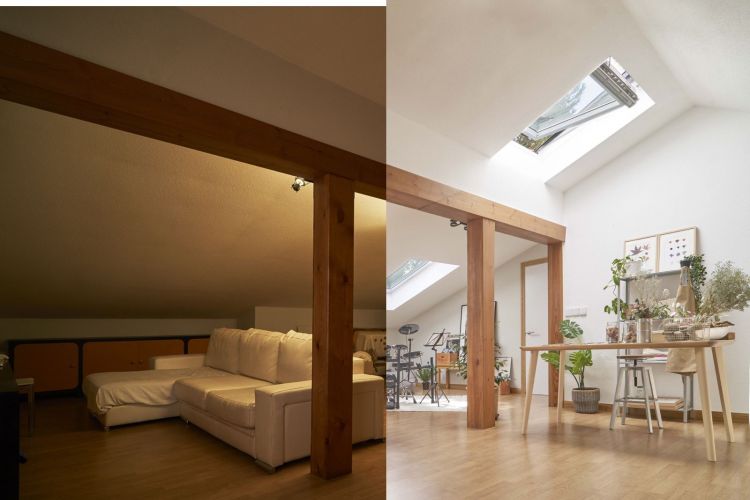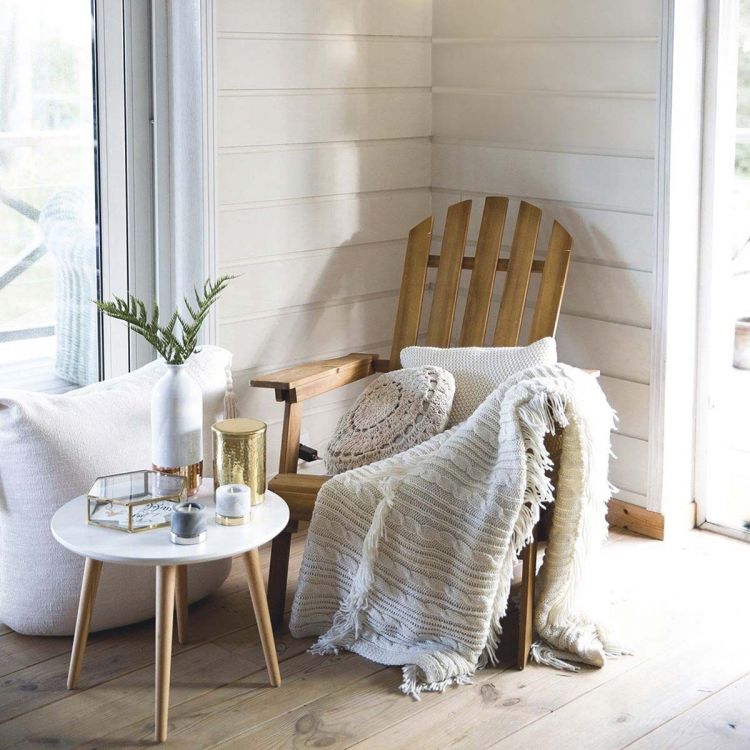From industrial-style lamps to classic chandeliers, the clever use of lighting can bring warmth and atmosphere to any room…
Living room
For a relaxing environment on a winter afternoon, living areas need a good level of light. Several freestanding lamps scattered around the room work best, creating pockets of warmth and making the space appear larger by drawing the eye to the corners.
Collectively several of them will create the right amount of ambient light, then you can add specific lamps such as for reading. Ceiling lighting has the opposite effect: by casting a harsher glow, all of the spotlight is concentrated in the center of the room, making it appear much smaller. However, if you want to put them, think carefully about where to put them and use them only when you need to.
Hall and passage areas
Here, the lamps must be bright and welcoming, and, as they are transit areas, you can illuminate them with more power than other rooms in the house. A lamp or chandelier that attracts attention is a good option. However, keep in mind that this isn’t always the most flattering light source (those with an exposed bulb rarely are, unless they have special low-consulate filaments). Wall lamps or sconces are a good alternative and do not take up space. Otherwise, a console table with a couple of table lamps can create a cozy and classic scheme, with softer light than a pendant light. Or you can combine them for more flexibility throughout the year.
Kitchen
Light sources in this area must be carefully planned, as it is the most important work area in the home. Many kitchens are now open-plan and often part of a larger living room, so while this makes the kitchen space ‘sociable’, the lighting you install needs to be flexible and adapt to different needs.
Dimmable designs are ideal, allowing for more versatile lighting that can easily change the mood from a work area to a relaxing space. Recessed spotlights are a good option, and strips under kitchen cabinets are also safe and discreet. Remember to have crisp, focused lighting directed at countertops where food is being prepared and also above the cooking area – these need to be precisely placed so you’re not working in the shadows. You can complement it with flexible clip lighting or more decorative pendant lamps.
Dinning room
Dining areas benefit from low-placed lighting, ceiling lamps create a spotlight above the table and create an ideal atmosphere. Again, a dimmer is a great addition, as you’ll need different light for a family meal, or for other activities, like reading, homework, or creative projects. For these and other tasks, a low-height ceiling light can fit the bill. It can also provide enough ambient light for the rest of the room, although a few well-chosen floor or table lamps will help eliminate dark corners and create a more attractive setting. Garlands can also create a joyous and magical feel, while amplifying the light in the space.
Toilets
Lamps here must meet specific safety standards, so your options are much more limited than elsewhere. Ideally, the bulb should always be covered so it is protected from moisture, splashes, and spills. Rule out dimming unless you place the switch outside of the room or have a special cord that can be used with specific recessed ceiling lights.
As a general rule, place the lamps away from water -sink, shower or bathtub-, and look for a professional electrician to advise you. As these rooms are often small and low in height, wall or built-in lamps are generally a good idea.
Gardens
To illuminate outdoor areas, choose designs that are sturdy and airtight, and designed specifically for outdoor use. Good lighting can transform the look of a garden or outdoor lounge, if properly placed, making it appear much larger by creating attractive views outside. Use sconces to illuminate paths and terraces, illuminate a tree or plants, and draw the eye to the garden. Outdoor lighting must be installed by a qualified electrician to ensure wiring with specific systems. For low cost lighting, solar designs can create enough light. Strings or garlands provide a soothing ambiance, and can be placed between trees or used to highlight plants. In the same way, lighting the way to the front door with recessed LED lights on the floor or steps will be ideal and provide security.
In a rustic garden, minimize lighting: an overly lit plot can be very dazzling; therefore, it forms points of interest in certain areas, paths and doors, and highlights only some key areas, such as a special tree. These lanterns in a traditional garden create an ideal setting and guide the eye outside, accentuating the symmetry of the scheme.

